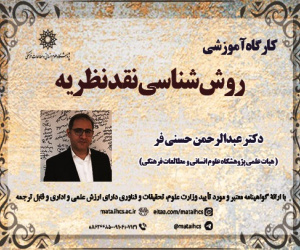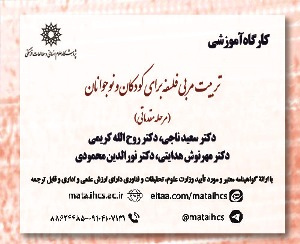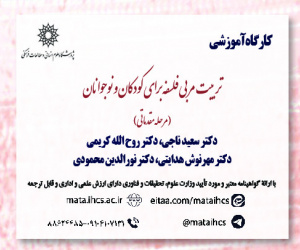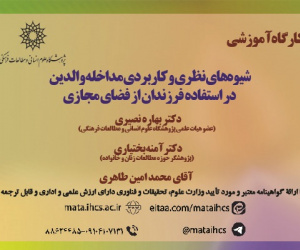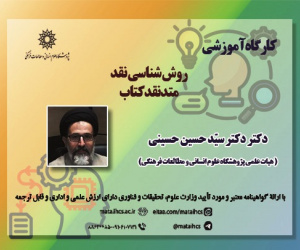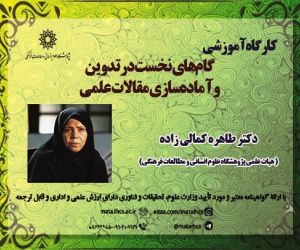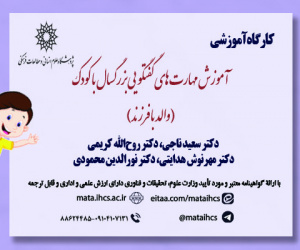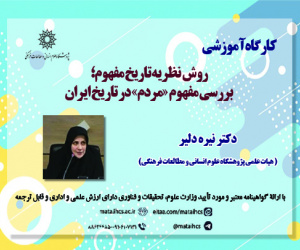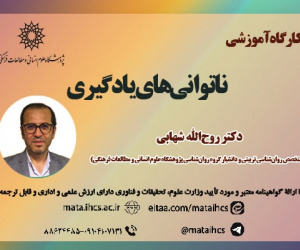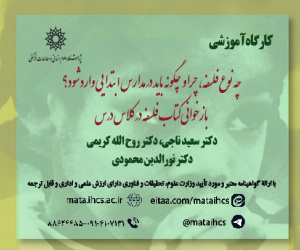واکاوی تحولات ساختار شهر کرمان از سده پنجم تا دهم قمری با تکیه بر روابط سیاسی و نقش عناصر شهری (مقاله علمی وزارت علوم)
درجه علمی: نشریه علمی (وزارت علوم)
آرشیو
چکیده
پیدایش شهرها عموماً مبتنی بر عوامل سیاسی، اقتصادی و ویژگی های طبیعی و جغرافیایی بوده، اما تداوم حیات شهر و عوامل مؤثر بر تحولات سازمان فضایی آن ها، مبحثی قابل بحث و کاوش است که در هر دوره تاریخی بنا بر وضعیت موجود، سیاست های حاکمیت و روابط ناشی از آن، ساختار شهر و مناسبات جاری در آن را به شیوه ای نو تعریف می کند. در پژوهش های گذشته، عموماً شهر به مثابه موجودی منفک از نظام پیرامونیِ خود خوانش شده و به تأثیر روابط سیاسی خارج از شهر بر روند توسعه آن کمتر توجه شده است، درحالی که شکل گیری و حیات شهر کرمان در منطقه ای با شرایط اقلیمی نامساعد، همواره وابسته به روابط تجاری با شهرهای اطراف بوده و توسعه سیاسی شهر، توسعه عمرانی و توسعه کالبدی آن را رقم زده است. هدف پژوهش حاضر، شناخت این روابط و تأثیر آن ها بر تحولات شهری و سازمان فضایی شهر کرمان در طی ۵ سده، یعنی از قرن ۵ تا ۱۰ق است. فهم ساختار گذشته شهر، مستلزم بررسی تواریخ محلی و منابع دست اول، تحلیل و تبیین آن ها و تطبیق اسناد تاریخی با آثار معماری باقی مانده از هر دوره به عنوان عناصر شهری آن دوره است؛ بنابراین روش پژوهش پیش رو از نوع تاریخی تحلیلی و استدلال منطقی است. براساس یافته های این پژوهش شهر کرمان از قرن ۵ق به طور ویژه مورد توجه قرار گرفت و رونق اقتصادی شهر، موجب توسعه سیاسی و کالبدی آن در قرون بعد شد و به تدریج، سازمان فضایی شهر سلجوقی را متحول کرد. در طی ۵ قرن بعدی در هر دوره زمانی، هسته های شهری جدیدی متأثر از وضعیت اراضی درون حصار و چگونگی روابط سیاسی با شهرهای اطراف، بر بستر شهر شکل گرفتند. هسته هایی که متشکل از عناصر شهریِ مهمی مثل مسجدجامع، دارالسیاده، گرمابه و تأسیسات مورد نیاز آن ها مثل قنات ها بودند . درنتیجه در این دوره ها توسعه این عناصر، زمینه ساز تحول استخوان بندی، موجب شکل گیری محلات جدید در پیرامون هسته اولیه و تعیین کننده جهت اصلی گسترش شهر در هر دوره بودند.Analyzing the Structural Development of Kerman from the 5th to the 10th Century AH, Based on the Role of Political Relations and Urban Elements
The emergence of cities is typically based on political and economic factors, as well as natural and geographical characteristics. However, the persistence of urban life and the factors impacting their spatial organization transformations is a topic that demands further investigation, as it redefines urban structures and relationships within them in all historical eras based on the existing situation, government policies, and resulting relations. Previous studies have generally viewed cities as an entity detached from their surrounding system, with little attention paid to the impact of external political relations on their development process. In contrast, the formation and existence of Kerman in a region with unfavorable climatic conditions has always been dependent on commercial relations with surrounding cities. Thus, the political development has driven the urban and physical development of Kerman. The current study aims to understand these relationships and their impact on urban transformations and the spatial organization of Kerman across five centuries, from the 5th to the 10th century AH. Understanding the city's past structural layout requires examining local histories and primary sources, analyzing and explaining them, and comparing historical documents with architectural remains from each period as urban elements from their era. Thus, this study uses a historical-analytical approach with logical reasoning. The findings indicate that Kerman gained particular prominence from the 5th century AH. Its economic prosperity led to political and physical development in subsequent centuries, gradually transforming the Seljuk city's spatial organization. During the following five centuries, new urban cores emerged in each era, influenced by the status of lands within the city walls and the nature of political relations with surrounding cities. These cores consisted of important urban elements such as the Grand Mosque, Dar al-Siyada, bathhouses, and necessary facilities like qanats. The development of these elements laid the foundations for structural transformation, leading to the formation of new neighborhoods around the initial core and determining the primary direction of urban expansion in each era.
